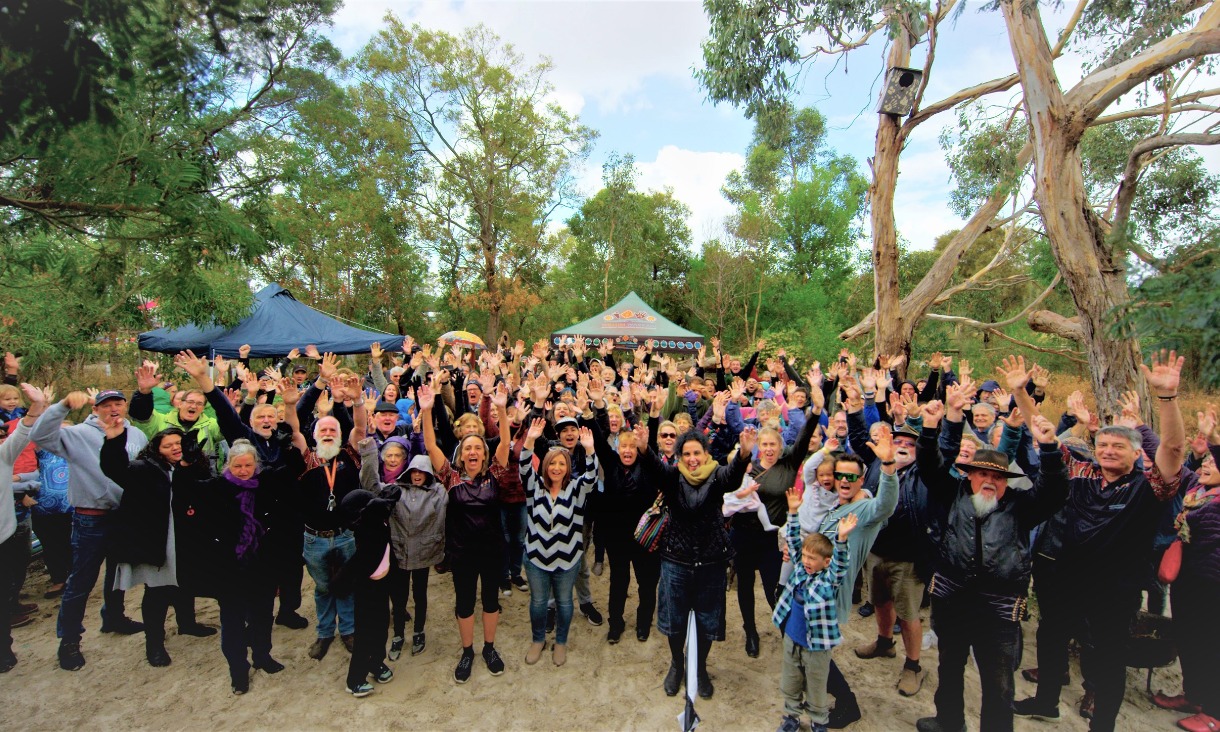Tackling the air pollution dilemma from the perspective of solutions, measurements and policies was a key approach for developing the short courses.
Dr Jan Scheurer, an Honorary Associate Professor in the Centre for Urban Research, has collaborated widely with government agencies and academic institutions in Australia and Europe on knowledge generation in public transport and land use integration.
He lead the development of the course on Transport Policy for Clean Air which delves into how different modes of transport impact air quality and how to improve it.
"Reducing congestion, one of the major contributors to poor air quality, and designing efficient transport systems to support growing populations are pressing issues for many city leaders," said Scheurer.
"People working in urban mobility are increasingly aware of the need to reduce car use in urban areas, which will mean not only changes in planning but influencing user behaviour if we're to transform cities into places of low-car urbanism."
In the Clean Air for Urban Liveability offering the focus is on the impact of pollution on health, how it can be monitored and how public policies can solve it.
Professor Priya Rajagopalan and Dr Nigel Goodman from the School of Property, Construction and Project Management hope that this course will assist urban designers or public sector professionals to take action against air pollution.
"Techniques such as ecological buffers on roads with a high volume of car traffic can help to improve locations experiencing poor air quality," said Rajagopalan.
"However, while there are many tools and techniques available to tackle this issue, professionals also need to know how to engage with citizens and garner support to implement them.
"This course helps learners to identify different policy and city interventions," she said.
Registrations are open for the air quality suite of courses on the FutureLearn platform.
Register for free to join a global community of learners, connect with like-minded professionals and sustainable development advocates from around the world and study with some of the top experts in the field.
In 2023 RMIT Europe is celebrating the significant milestone of its 10-year anniversary of operations in Barcelona. To learn about RMIT's history in Europe and keep up with the latest news and events, visit the #RMITEurope10 webpage and follow RMIT Europe on Twitter, LinkedIn and Instagram.
Story: Hannah Tribe








